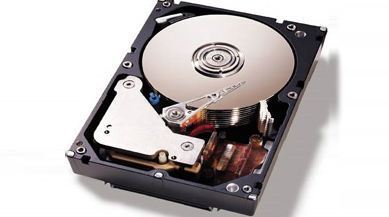Analyzing Forensic Evidence from Virtual and Augmented Reality Platforms
As the realms of virtual reality VR and augmented reality AR continue to expand, so too does their relevance to forensic investigations. VR and AR platforms create immersive digital environments and overlay digital elements onto the real world, respectively, leading to new challenges and opportunities for forensic analysis. The analysis of forensic evidence from these platforms involves understanding both the technological and human interaction elements, requiring a multi-faceted approach to ensure the integrity and comprehensiveness of investigations. One of the primary challenges in analyzing forensic evidence from VR and AR platforms is the diversity of data types generated. These platforms produce a wide range of data, including audio, video, metadata, and user interaction logs. Each type of data must be meticulously examined to piece together a coherent narrative of events. For example, in a VR environment, user interactions can be recorded as motion data, which tracks the movement and orientation of controllers and headsets. This data can reveal the actions and behaviors of users within the virtual space, providing crucial insights into their activities and intentions.

Similarly, AR platforms often involve the integration of digital information with real-world environments, creating a complex interplay between physical and digital evidence. For instance, in an AR application that overlays navigation instructions onto a real-world scene, the forensic investigator must analyze both the digital overlay and the underlying physical environment to understand the context of the user’s actions. This requires sophisticated tools and techniques to extract and correlate data from multiple sources. Preserving the integrity of evidence is another critical aspect of forensic analysis in VR and AR platforms. Digital evidence can be easily altered or corrupted, so maintaining a clear chain of custody is essential. Investigators must use secure methods to collect and store data, ensuring that it remains untampered from the point of collection through to analysis and presentation in court. This often involves the use of specialized forensic software and hardware to capture data in a forensically sound manner.
The human element also plays a significant role in the analysis of forensic evidence from VR and AR platforms. User behavior and interactions within these environments can provide valuable clues, but they must be interpreted within the context of the Cyber News. For example, a user’s gaze direction in a VR environment might indicate where their attention was focused, but it must be considered alongside other data points, such as audio cues or hand movements, to draw accurate conclusions. This necessitates a deep understanding of both the technology and human psychology, making interdisciplinary collaboration essential. Moreover, the legal landscape surrounding VR and AR forensics is still evolving. As these technologies are relatively new, there is limited precedent for how evidence from these platforms is handled in court. This requires forensic investigators to stay abreast of legal developments and adapt their methodologies accordingly. It also highlights the need for clear guidelines and standards to ensure the admissibility and reliability of forensic evidence from VR and AR platforms.